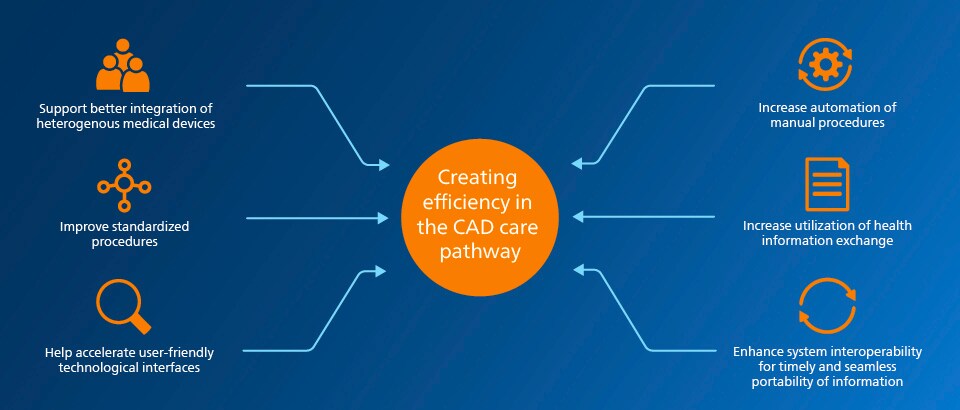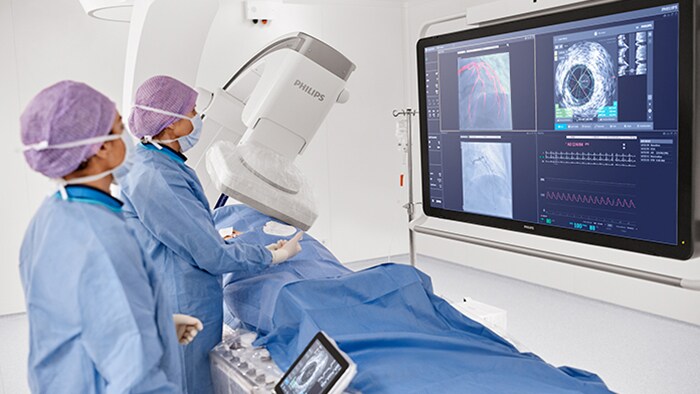Six technology factors that will address your challenges in delivering care to CAD patients.
White paper ∙ By Philips Healthcare ∙ Mar 29, 2023 ∙ 2 min read
As healthcare providers and care settings are faced with meeting the demands of a growing caseload and high patient complexity in coronary artery disease (CAD) care, patients are also experiencing significant challenges in navigating a fragmented and overburdened healthcare system.
White paper
Six technology factors to address CAD care challenges
Subscribe to our email updates
This white paper focuses on

Discover the insights from the new coronary artery disease (CAD) study
As coronary artery disease becomes more prevalent worldwide, health systems are feeling the strain of ever-increasing caseloads and squeezed resources. Delivering efficient, cost-effective, and high-quality care means getting to the heart of the significant challenges facing cardiology services.
To address the issues, Philips conducted a literature review to explore the role of technology in addressing the key burdens and inefficiencies in the CAD care system. Our unique assessment examined inefficiencies across the entire continuum of care, including those specifically related to diagnosis and treatment. Evaluation of the data enabled us to pinpoint specific areas that could benefit from optimization.
Our study also identifies the role of state-of-the-art technology, with the best clinical capabilities, in creating an integrated care pathway to address the burdens associated with CAD care. All our findings are discussed in the white paper, which is available to download. This details the clinical, operational, and patient benefits of technological innovations that offer better integration, enhanced interoperability and other critical success factors, to enable health systems to:
Philips has embedded these critical success factors in our latest diagnostic and treatment solutions. A unique portfolio designed to optimize clinical and operational impact.
Findings from a two-step Delphi expert panel study on the benefits of the Philips’ integrated echocardiography solution demonstrated the following:
An independent quantitative survey reported the following results from respondents when using the Philips Coronary Suite compared to a multi-vendor lab:
To read an in-depth analysis of all advantages and findings, download the free white paper.



